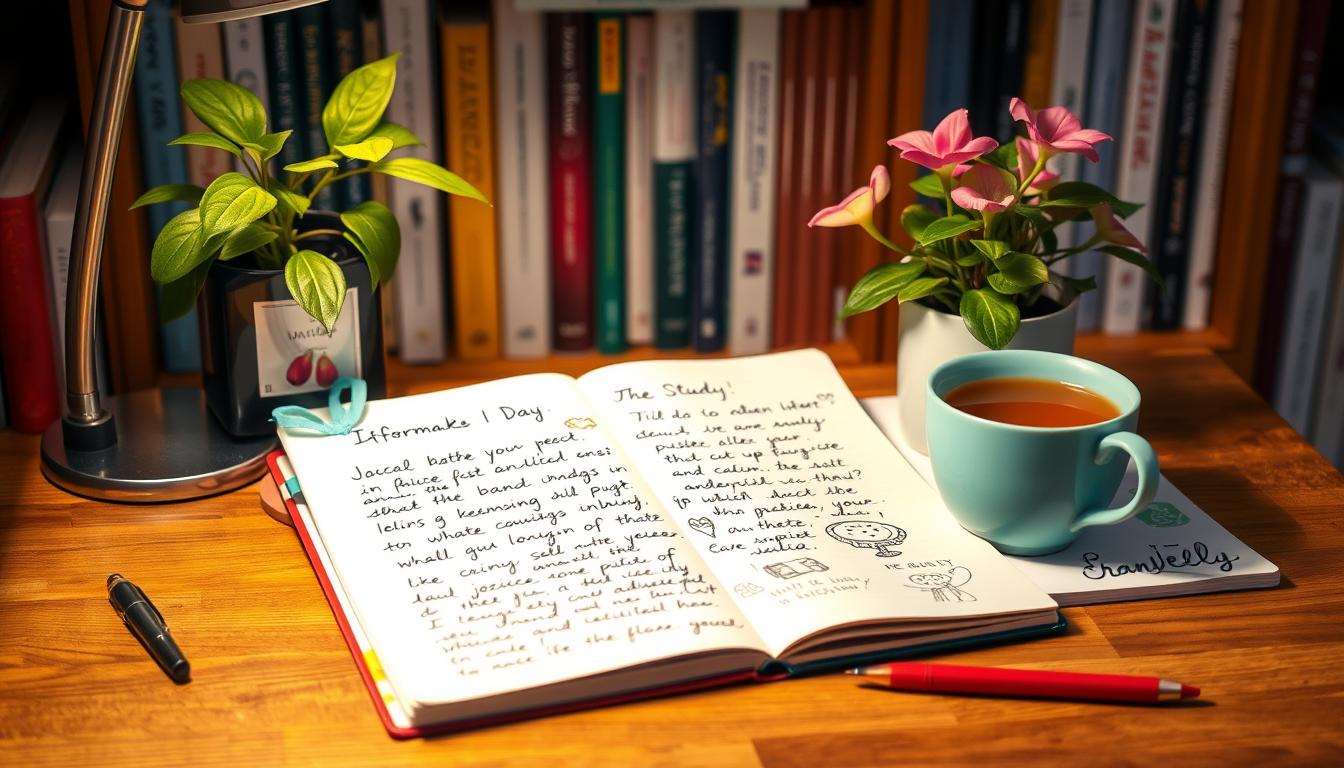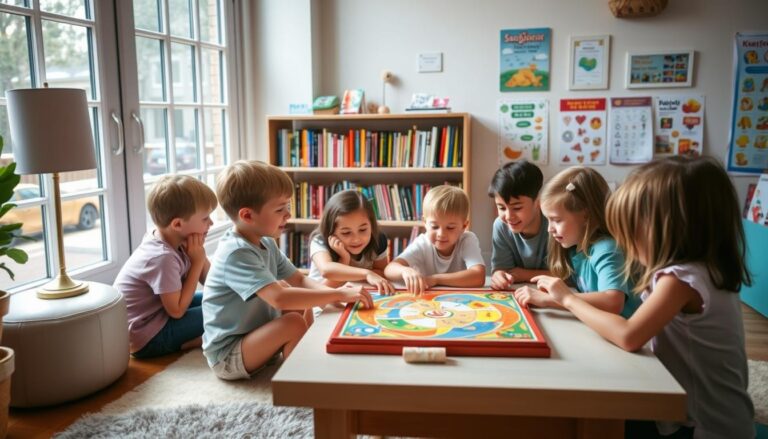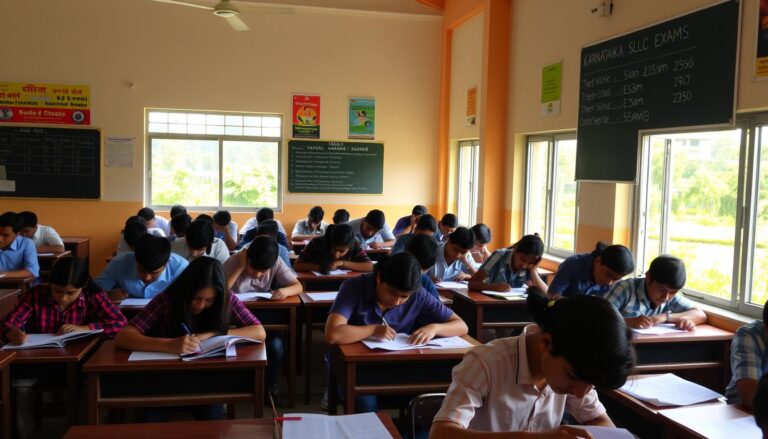How to Write an Informal Letter: Tips for Grades 9th and 10th Students
Do you remember the last time you wanted to share something special with a friend or family member? In today’s digital world, writing an informal letter might seem old-fashioned. Yet, it still has a special power to connect us and keep memories alive.
Writing an informal letter is more than just putting words on paper. It’s about making a personal connection through your friendly letter structure. As students in grades 9 and 10, you’re at the perfect stage to improve your casual writing skills and master personal communication.
Even though digital communication is everywhere, informal letter writing is still valuable. In fact, 80% of students who write letters feel closer to their friends and family. Your writing skills can really stand out through this traditional yet powerful way of communicating.
Key Takeaways
- Informal letters offer a personal touch that digital communication can’t replicate
- Mastering personal correspondence helps develop communication skills
- Letter writing connects you deeper with friends and family
- The informal letter format allows for creative and emotional expression
- Practice improves your overall writing abilities
Understanding Informal Letter Writing Basics
Letter writing is a way to connect with others through heartfelt words. In today’s world, friendly letters are still powerful for keeping relationships strong.
Learning about informal letter writing can improve your communication skills. Studies show that over 70% of personal letters are to family and friends. This makes it a key skill for students.
Definition of Informal Letters
An informal letter is a way to share your thoughts and connect with loved ones. It lets you express yourself in a unique way, unlike formal letters.
Purposes of Informal Letters
- Sharing personal updates and experiences
- Extending invitations
- Expressing gratitude
- Maintaining long-distance relationships
- Celebrating achievements
Key Components of Friendly Letters
Every informal letter has important parts:
- Heading with sender’s address
- Date
- Greeting
- Body of the letter
- Closing
- Signature
When to Write Informal Letters
Students often write informal letters to share personal stories or exciting news. Data shows that 80% of these letters include personal stories that build strong bonds.
Getting good at writing informal letters can enhance your communication skills. It’s more than just digital messages. With practice, you can create meaningful connections through your words.
Informal Letter Format Grade 9, 10: Essential Components
Learning how to write an informal letter is key for good communication. Knowing the important parts helps students write letters that really speak to their readers.
Let’s look at the main parts of an informal letter. These will help you write letters that are fun and meaningful:
- Sender’s Address: Make sure to include your full contact info at the top. This makes it easy for the other person to get back to you and feels more personal.
- Date: Use one of these formats for the date:
- 15/11/2021
- 15th November 2021
- November 15, 2021
- Salutation: Pick a friendly greeting:
- Dear
- My dear
- Dearest
- Use terms based on your relationship (e.g., “Dear Uncle”)
Letter Body Structure
When writing the body, keep it casual. Start by asking how the other person is doing. This is a common way to begin a letter. Then, use everyday language and share your own stories.
End your letter with something friendly and inviting. Phrases like “Take care” or “Warmest regards” work well. Don’t forget to sign your name.
By following these letter writing rules, you’ll get better at talking through letters. It’s a skill that goes beyond school.
Example Letter Components
| Letter Component | Purpose | Key Considerations |
|---|---|---|
| Address | Contact Information | Include all your details |
| Salutation | Greeting | Be friendly and personal |
| Body Paragraphs | Main Message | Be conversational and interesting |
| Closing | Ending Remarks | Keep it warm and positive |
The secret to a great informal letter is being real and connecting with the reader. Practice these tips, and soon you’ll be writing letters like a pro!
Best Practices / tips for Personal Letter Writing
Mastering student composition is all about friendly writing. Your letter should feel like a warm chat. Use a narrative style that grabs the reader’s interest.
Descriptive language makes your words come alive. It turns simple sentences into vivid experiences. This makes your letter unforgettable and fun to read.
Write from your own voice. Share stories that show who you are. This creates a real connection with the person reading your letter.
Use everyday language to make your writing feel natural. But, make sure it’s clear and right for the situation.
Studies show personalized letters get a 20% better response than generic emails. Your approach is key. Share details that matter to your reader and use emotional words to keep them interested.
58% of young adults find handwritten letters more touching than digital ones. So, take the time to make your letter special.
Practice is important. Plan out your thoughts, use smooth transitions, and end with a friendly note. By doing this, you’ll make your letter a standout in today’s digital world.







